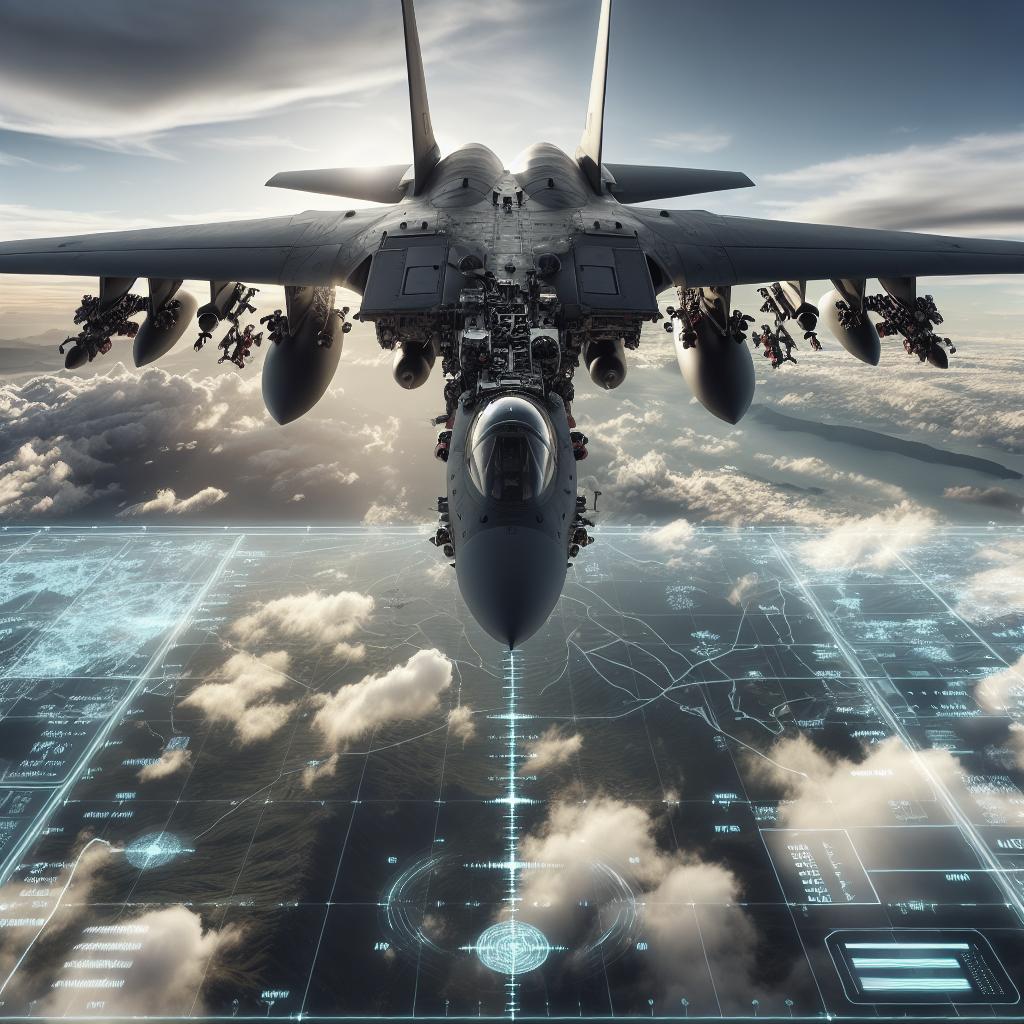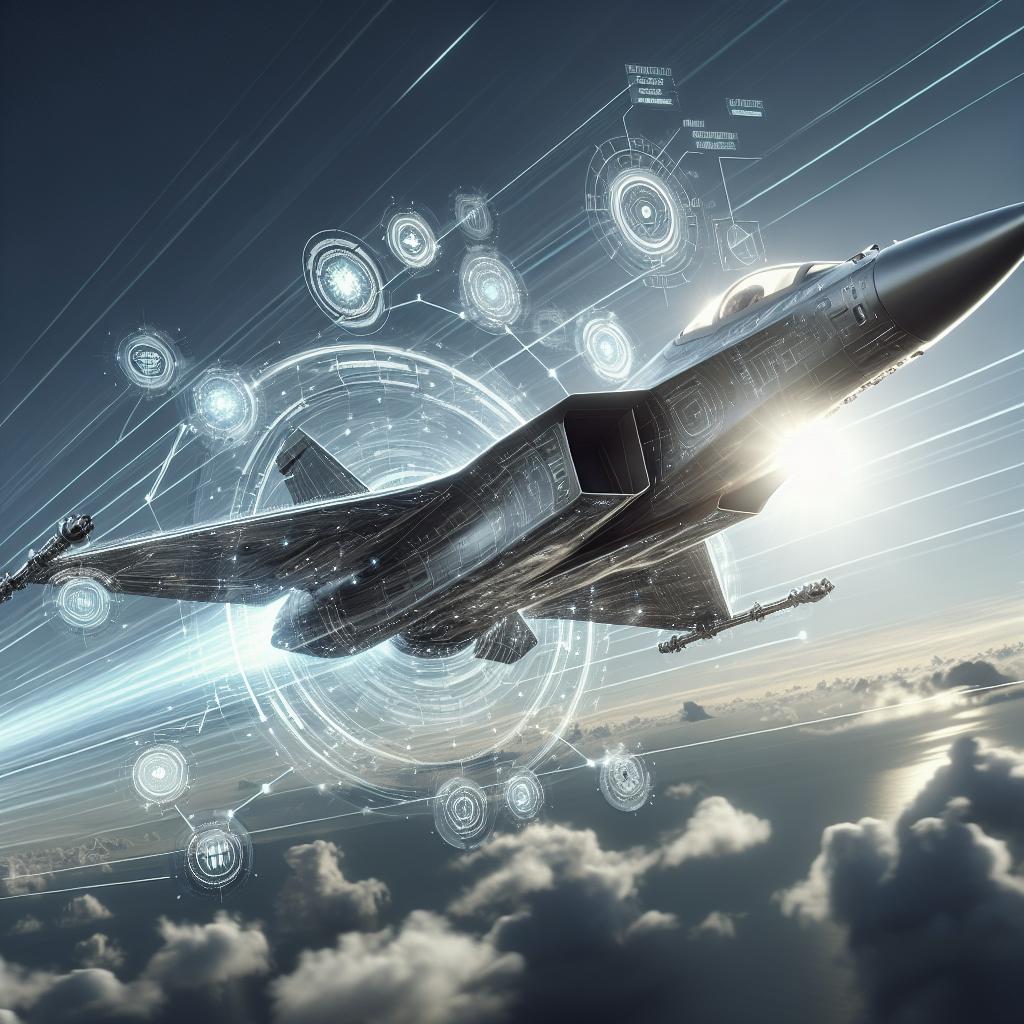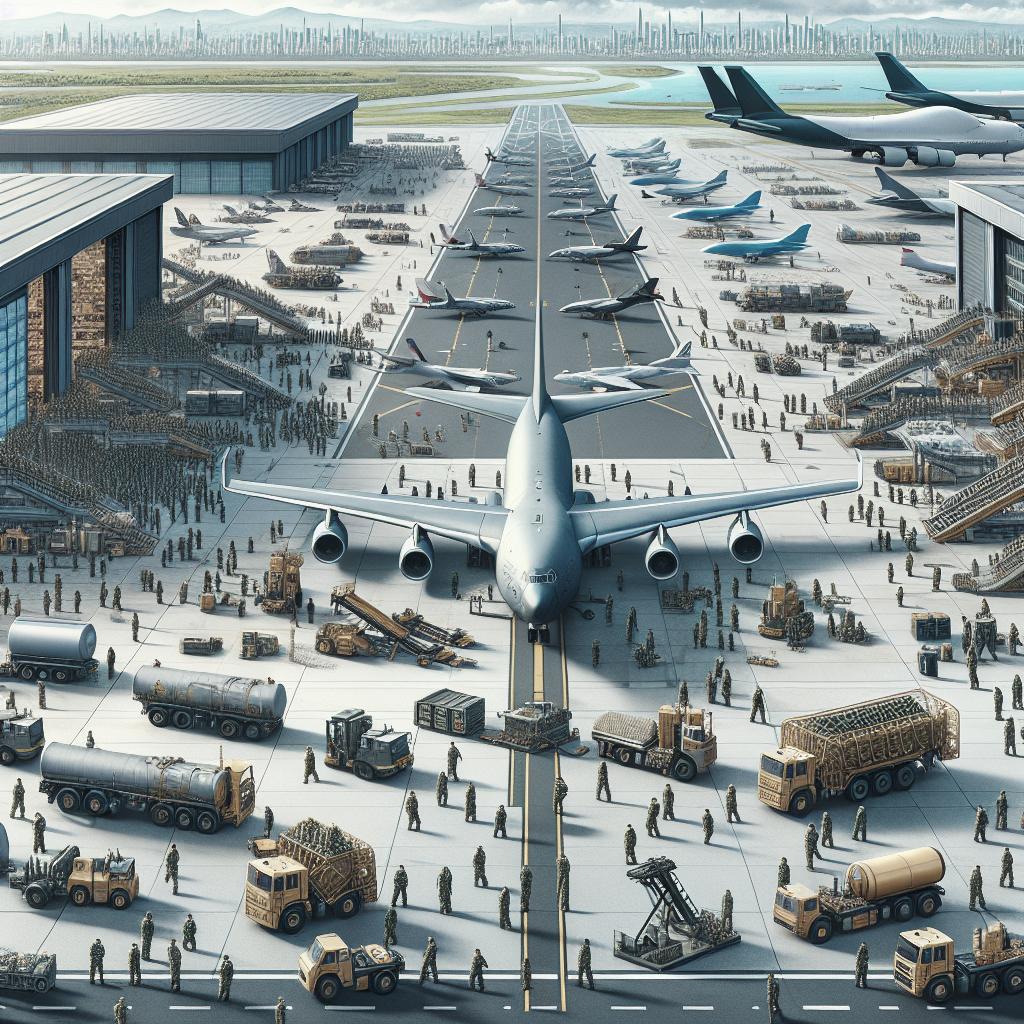Military aviation has continually evolved to meet the demands of modern warfare, with ground attack systems in military planes playing a crucial role. This blog post explores the intricacies of ground attack, the importance and strategies of strategic bombing, and a summary of the current landscape. In addition, we’ll delve into trending technologies and systems within the field. By understanding these elements, we can better appreciate the advancements and strategic imperatives that drive the development of military aviation technology.
Ground Attack
Ground attack aviation focuses on engaging enemy targets on the ground using air-to-surface weapons. Historically, these missions have been fundamental in weakening the enemy’s frontline positions and disrupting supply lines. Ground attack encompasses various tactics, including strafing, tactical bombing, and close air support. As military needs evolved, so did the sophistication of these aircraft, designed to survive and succeed in hostile environments.
Aircraft like the A-10 Thunderbolt II, also known as the Warthog, exemplify the effectiveness of dedicated ground attack planes. Equipped with a GAU-8 Avenger rotary cannon and an array of missiles and bombs, it can inflict heavy damage on armored targets and provide crucial support to ground troops. Similarly, the Russian Sukhoi Su-25 is renowned for its ruggedness and capability to deliver precision strikes.
Modern ground attack missions often involve integrated systems combining targeting pods, advanced avionics, and precision-guided munitions to minimize collateral damage and improve mission efficiency. Unmanned aerial vehicles (UAVs) have also started playing a key role, allowing operators to conduct surveillance and strikes from a safe distance, thereby enhancing operational flexibility and reducing the risk to human pilots.
Strategic Bombing
Strategic bombing aims to cripple an enemy’s war capability by targeting infrastructure, industrial sites, and critical resources. This differs from ground attack missions, which are tactical and immediate. Strategic bombing gained prominence during World War II, where extensive bombing campaigns sought to disrupt and deter enemy operations. Bombers like the B-17 Flying Fortress and Lancaster were instrumental in these long-range missions.
In the modern era, strategic bombing has been further refined with the introduction of precision-guided munitions. These advanced bombs, often guided by GPS or laser-systems, ensure accuracy and minimize unintended damage. Aircraft like the B-2 Spirit and B-52 Stratofortress continue to provide strategic bombing capabilities, capable of carrying a mix of conventional and nuclear payloads.
Moreover, strategic bombers are now equipped with advanced electronic warfare systems, countermeasures, and stealth technology to penetrate sophisticated air defense networks. This modern adaptability ensures that strategic bombing remains a viable option in various conflict scenarios, underscoring its importance within the broader framework of military strategy.
Summary
Ground attack and strategic bombing represent two distinct yet complementary aspects of air warfare. Ground attack missions are tactical, focusing on immediate threats and support for ground troops, often employing a variety of specialized aircraft and munitions. Strategic bombing, on the other hand, seeks to undermine the enemy’s long-term war capacity by targeting critical infrastructure and resources, employing advanced technology for maximum impact.
Both forms of aerial warfare require intricate planning and advanced technology to succeed. The integration of sophisticated weapons systems, aircraft survivability measures, and precise targeting capabilities has transformed these missions, making them more efficient and effective. As threats evolve, so do the tactics and technologies employed in ground attack and strategic bombing, ensuring air superiority and operational success.
Trending Now
Today, the landscape of ground attack and strategic bombing is witnessing rapid advancements. Cutting-edge technologies such as hypersonic missiles, artificial intelligence, and autonomous drones are reshaping the dynamics of these missions. Hypersonic weapons, capable of traveling at speeds exceeding Mach 5, present a significant challenge for current air defense systems and are poised to revolutionize both ground attack and strategic bombing.
Artificial intelligence is playing an increasingly significant role in mission planning and execution. AI-powered systems can process vast amounts of data in real-time, enhancing situational awareness and decision-making. This capability allows for more precise targeting and adaptive responses to emerging threats. Furthermore, AI can optimize the performance of UAVs, enabling complex missions with minimal human intervention.
Another trend is the development and deployment of stealth technologies. Aircraft with reduced radar cross-sections, such as the F-35 Lightning II, offer a significant advantage in avoiding detection and countering advanced air defense systems. These stealth capabilities ensure that both ground attack and strategic bombing missions can be carried out with greater effectiveness and lower risk.
Lessons Learned
| Aspect | Description |
|---|---|
| Ground Attack | Focuses on engaging enemy ground targets to support frontline operations. Involves specialized aircraft and advanced munitions for precision strikes. |
| Strategic Bombing | Targets vital infrastructure and industrial sites to undermine enemy war capacity. Historically significant with modern advancements in precision and stealth. |
| Modern Technologies | Incorporates hypersonic missiles, artificial intelligence, and stealth to enhance mission effectiveness and survivability. |
| Unmanned Aerial Vehicles (UAVs) | Provides flexibility and reduces risk to human pilots. Integral for both surveillance and strike capabilities. |
| Advancements | Continuous development in weapons systems, targeting, electronic warfare, and autonomous capabilities ensuring air superiority. |


